There’s a quality, a simple theatrics, to Sam Gregg’s photography that feels a little reminiscent of the great street photographers of the 20th century. The mundane intensity of Bruce Gilden’s portraiture, mixed with the fleeting moments of absurdity found in Elliott Erwitt’s work.
Sam has only recently taken up photography full-time. Born and raised in London, he caught our attention last year after quitting his job, travelling to Italy, and later publishing a documentary photography series shot in Naples. See Naples and Die — matter of fact, earnest, with a hint surrealism about it — told the story of a city that was once considered so glamorous, one could see it and die happy. Now plagued by gang violence, the name — a quote from Goethe’s Italian Journey — takes on a more ironic meaning. “As an outsider, perhaps I was been able to capture tender everyday aspects of Naples that locals have become desensitised to,” he explained at the time. “My images aren’t driven by politics, they’re merely a documentation of the vibrant characters found in the city’s overlooked areas.”
Sharing the first chapter in his latest project, Blighty, Sam has now turned his lens back on Britain. Given the political turmoil and widespread sense of unease after Brexit, it is a peculiar time in British history; a tangible feeling that seems present in the images Sam has shot over the course of the last year. “It’s impossible to define what it means to be British in 2019,” he says. “So many different cultures, from the West Indies to India, have helped to create modern day Britain, so to be able to summate the UK in a singular photographic project is nigh impossible, and that’s a beautiful thing.”
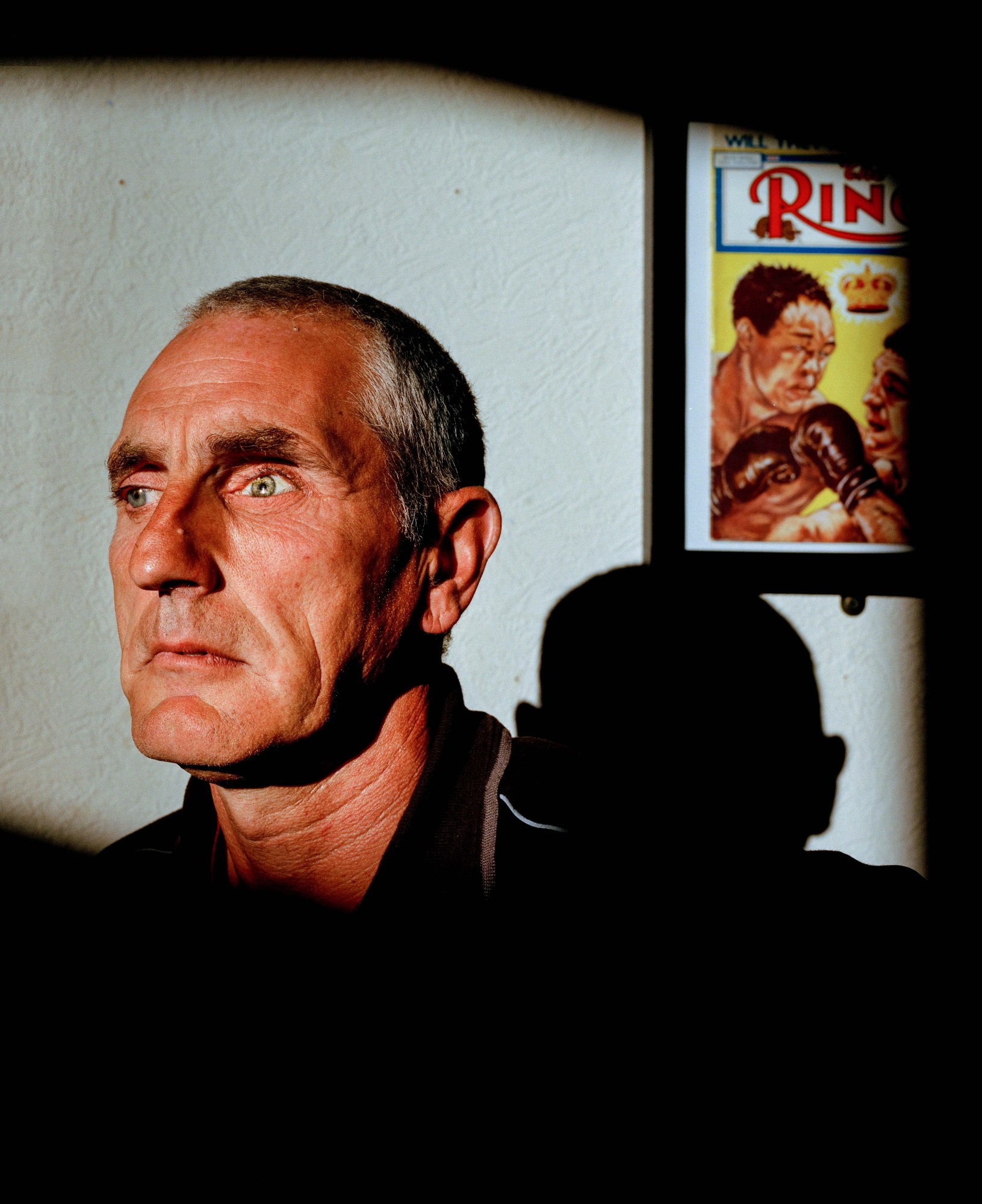
Do you remember the first time a photographer’s work had a profound effect upon you?
Yes. Steve McCurry’s South by Southeast. Perhaps he’s not the ‘coolest’ photographer these days as his work has become very mainstream, but he’s undeniably a master at what he does. His ability to capture a human’s soul is still something that I try to emulate in every one of my portraits. Along with his colour palette and penchant for figures in landscapes, his initial influence on my work is undeniable.
Did you study photography at university?
No I never studied photography. I ‘studied’ (big inverted commas there) Languages at UCL, which looking back was a waste of time. A part of me wishes I’d studied photography but I don’t lose sleep over it. Sometimes as a documentary photographer who’s attempting to address delicate, multi-layered social issues, I feel as if I lack a bit of the critical thinking necessary to address them, and this is certainly something that could have been instilled in me in an educational setting. Then again, some academic photography can feel quite sterile and rigid, fuelled by words and concepts rather than emotions. When I look at a photograph, I don’t want to be punched in the head — I want to be punched in the gut. Structured thematics and a clear narrative are no doubt important to a project, but I always try to create images with the intention that they can hold their own, that they can engage and tell a story completely out of context.
Perhaps autodidactic photographers are better at this as they’re led more by their senses and intuition, as opposed to classroom learnings. Whether studying photography is worth it or not? I really don’t know. Considering the costs I would veer towards no, but I think it’s totally dependent on your character.
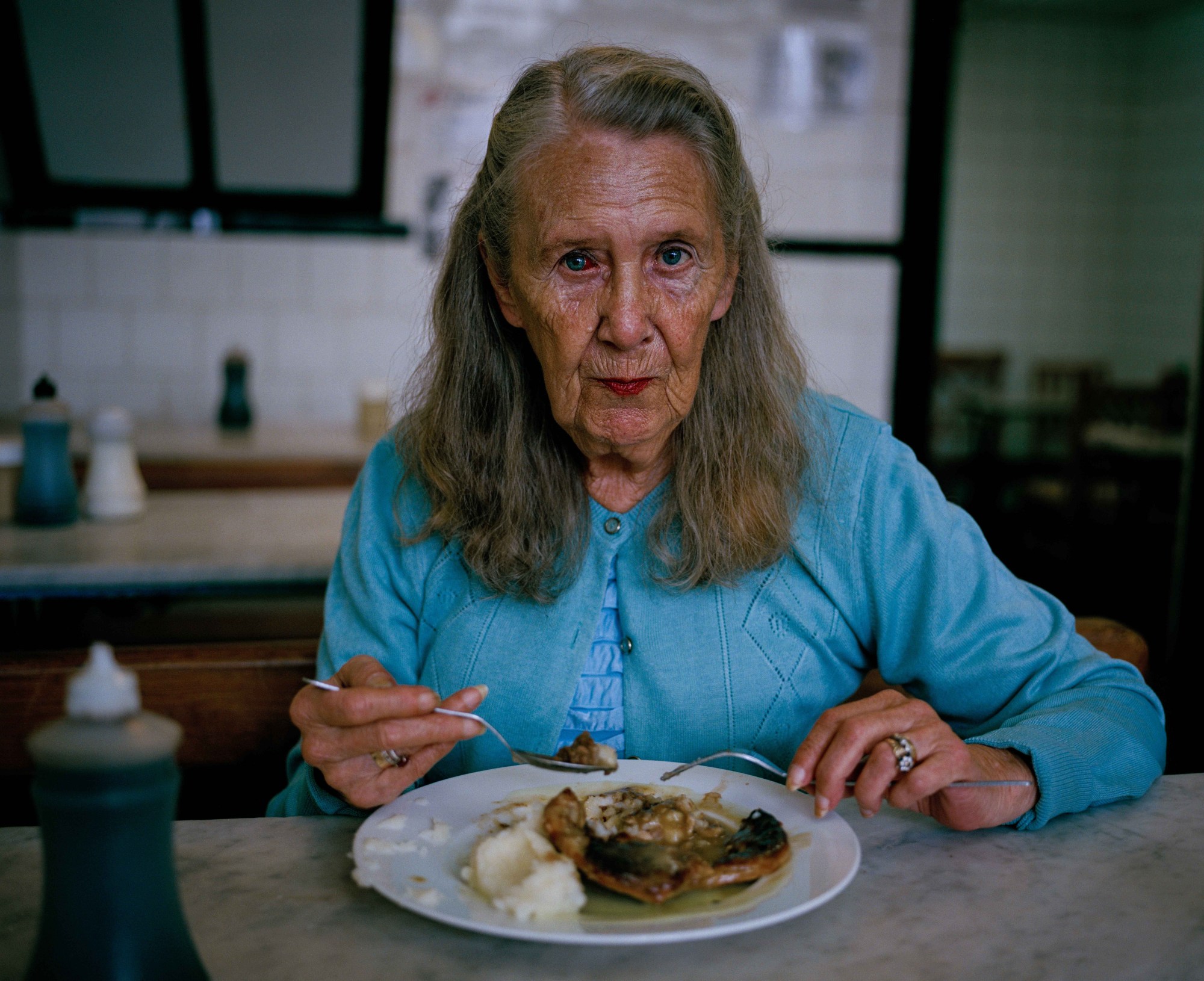
In an industry saturated with imagery, how do you keep your ideas new and fresh?
To be honest I don’t know how new and fresh my ideas ever are! They’re often just variations on a theme. Looking at life from a new angle. By staring at the old long enough I’ll often come up with new ways of presenting it. I think my strength lies in the fact that I’m willing to spend vast amounts of free-time investigating parts of society that others aren’t. It can be time-consuming and frustrating, but these are the types of sacrifices that you have to make if you want to make it as a documentary photographer.
How do you keep it original when it feels like so much has been done already?
Work as hard as possible. Originality will come if you work hard enough. Keep exploring new angles. Take risks. Walk more. Approach more people. Delve deeper. Make yourself feel uncomfortable. Know that you can have a classical base and still create original work.
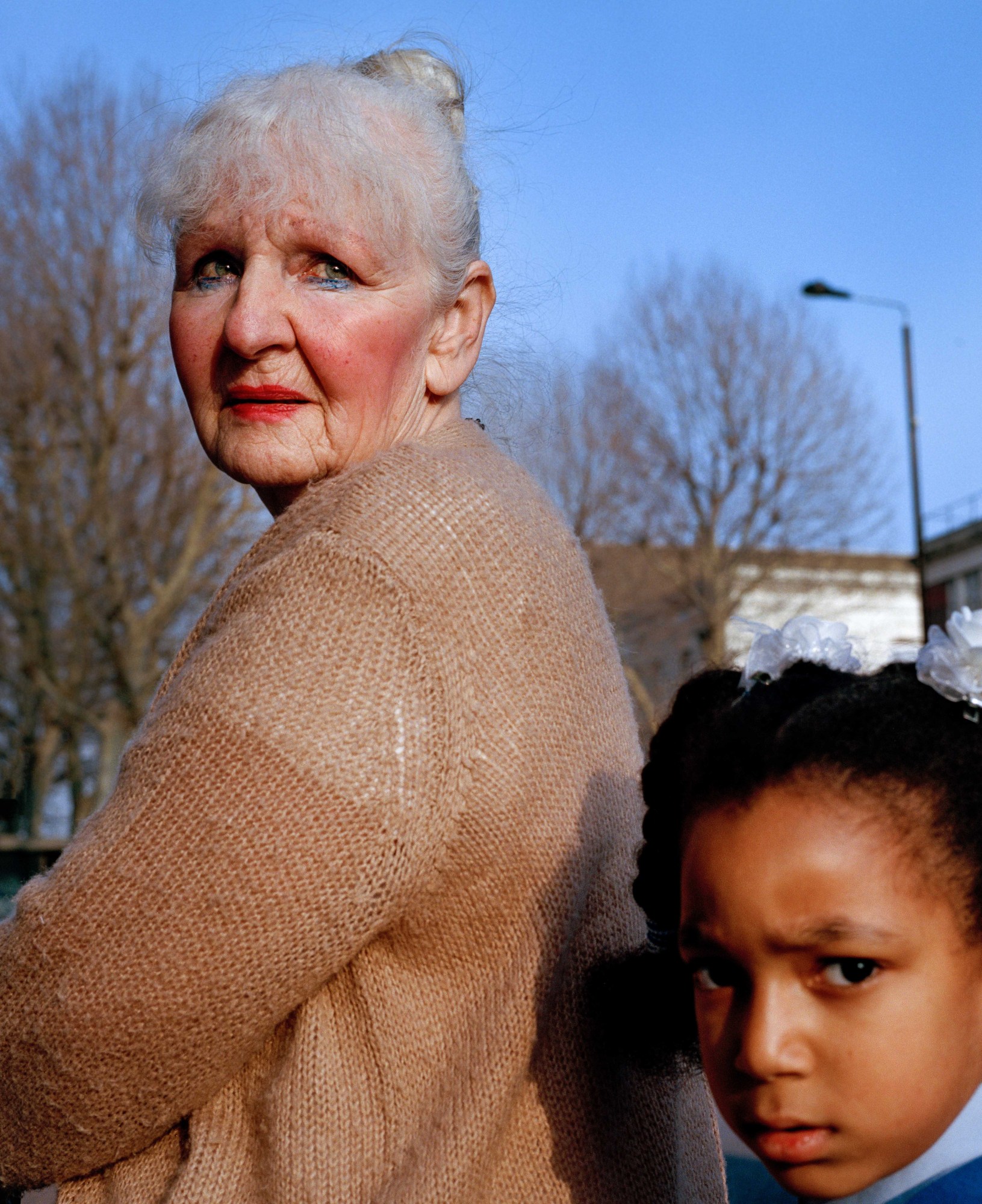
Film or digital? Do you have to spend huge amounts on equipment to make it?
All my personal work is shot on film and commissions are about 50:50 film/digital. I really wish I shot more digital but it just doesn’t give me the same satisfaction. In a world of instant-gratification there’s something very satisfying about the delayed-gratification of film. That fear and simultaneous excitement of the unknown is an irreplaceable sensation.
When people say that it doesn’t matter what equipment you use then they’re half lying to you. It does, but only to an extent. The Gameboy colour camera’s only going to get you so far, but then again any old 35mm camera could get you right to the top. The worst in my opinion are photographers that shoot large format and expect their work to be elevated to some higher artistic plane just because of a few extra pixels. Don’t abuse the medium. Image content should always supersede image quality. Unless you’re Alec Soth and can miraculously combine the two.
Do you think photography is an elitist industry?
Yes and no. I think some people take themselves and photography far too seriously. But I don’t think I’ve been in the industry long enough to be able to form a solid opinion on this. You have to be humble and compassionate. Luckily, by virtue, documentary photography can be a very humbling experience, so it keeps any thoughts of elitism at bay. It’s self-regulating in that sense. For other sectors of the photography industry I really don’t know.

What makes a compelling, emotive photo?
For me it’s all in the eyes. It sounds cliché but the eyes truly are the gateway to the soul. If you can capture that then for me you’re already halfway there. Then obviously comes lighting, composition and colour. If you manage to get the holy quadfecta all in one then you’re basically Jesus for a split second.
Do you think iPhone photography has devalued or enhanced the photography industry?
I think that it’s enhanced the quality of the images that we produce (photographers have to shoot better work in order to rise above the masses) but it’s devalued the manner in which we consume them. Flicking through hundreds of images, spending a maximum of a few seconds on each is hardly the right way to appreciate a photograph. The steady return of film and hand printing is no doubt a reaction against this culture of excess.
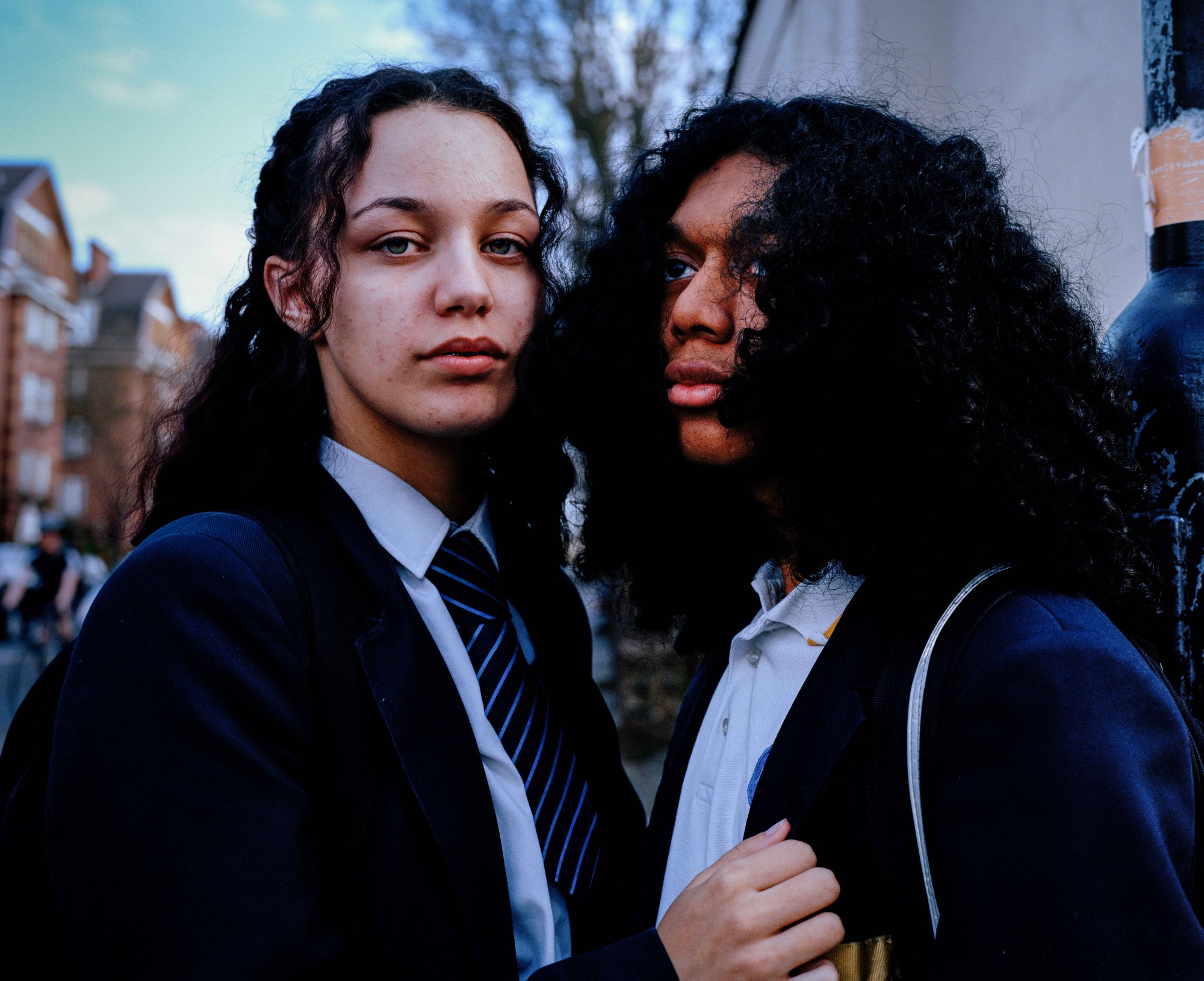
How much did you travel for this new project?
A lot of the images have been taken in East London, in places like Hoxton and parts of Bethnal Green; areas that still retain elements of pre-WWII culture, from your greasy spoons to your pie and mash shops. Some of the project’s also been undertaken in Holloway with the phrase “Photograph your doorstep before you photograph the world” ringing in my ears. There are also a lot of similarities between the areas. Notably both were once hubs for Irish immigrants and some of the old-school pubs still remain.
How did you approach the subjects?
Oh nothing too complicated. If I see someone I like, then I’ll go up to them and introduce myself, tell them that I think they’re interesting and perhaps compliment a specific feature of theirs. English people aren’t necessarily the easiest to approach. They can be a little standoffish and suspicious.
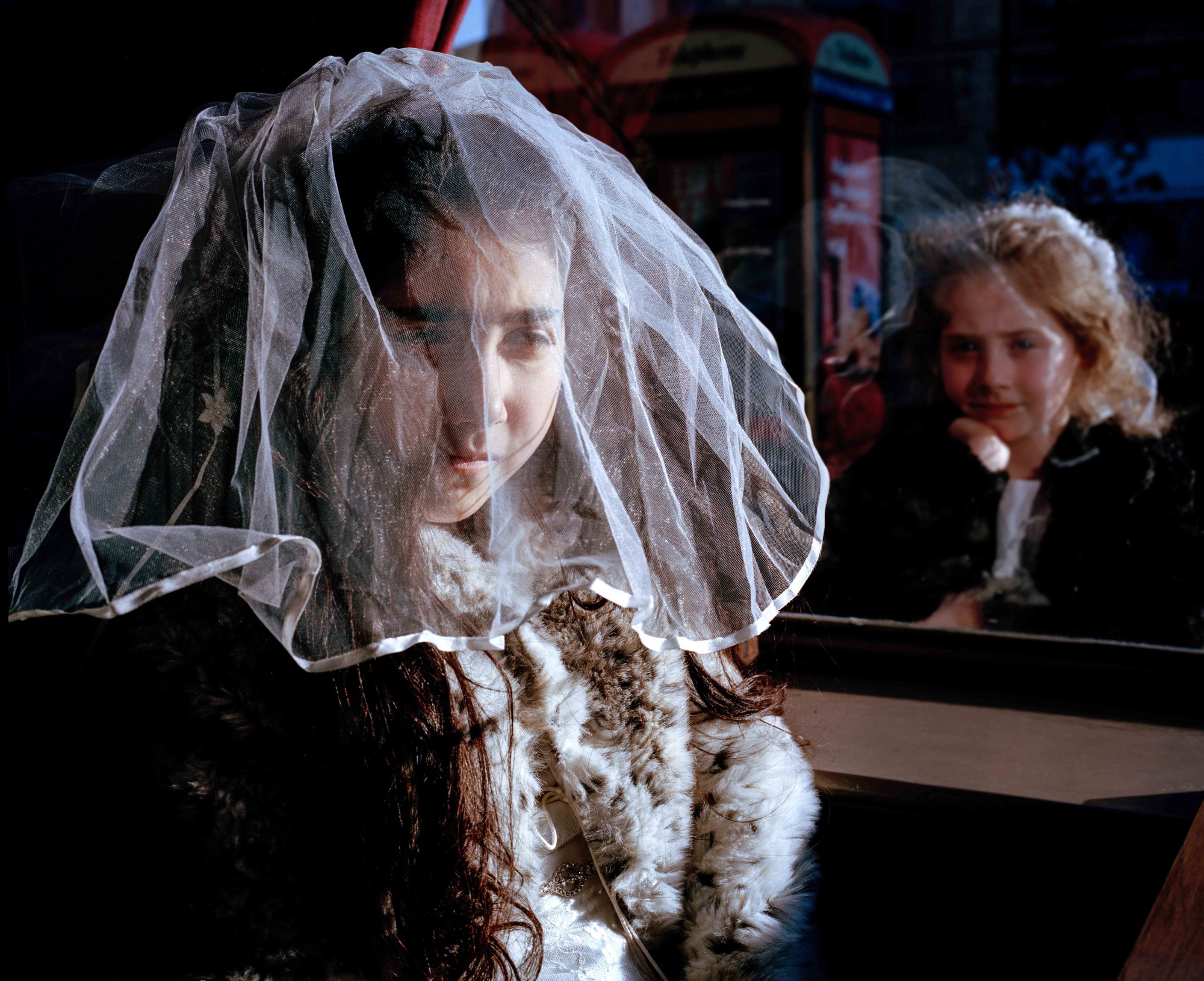
Are there any unexpected stories behind any of the photographs?
Two are murderers. I found out after taking their portraits. Not that it would have affected my decision to photograph them, but it may have initially affected their decision to be photographed. Of course there’s no way I condone their actions and in no way am I purposefully seeking to photograph these individuals. Perhaps it’s simply their aura or expression that attracts me.
Do you have a favourite? Or consider one the most important?
Probably the image of a 93-year-old man named Patsy shot through the window of a pie and mash shop in Camden. He’s emblematic of the bygone era that I’m trying to capture before it totally disappears.
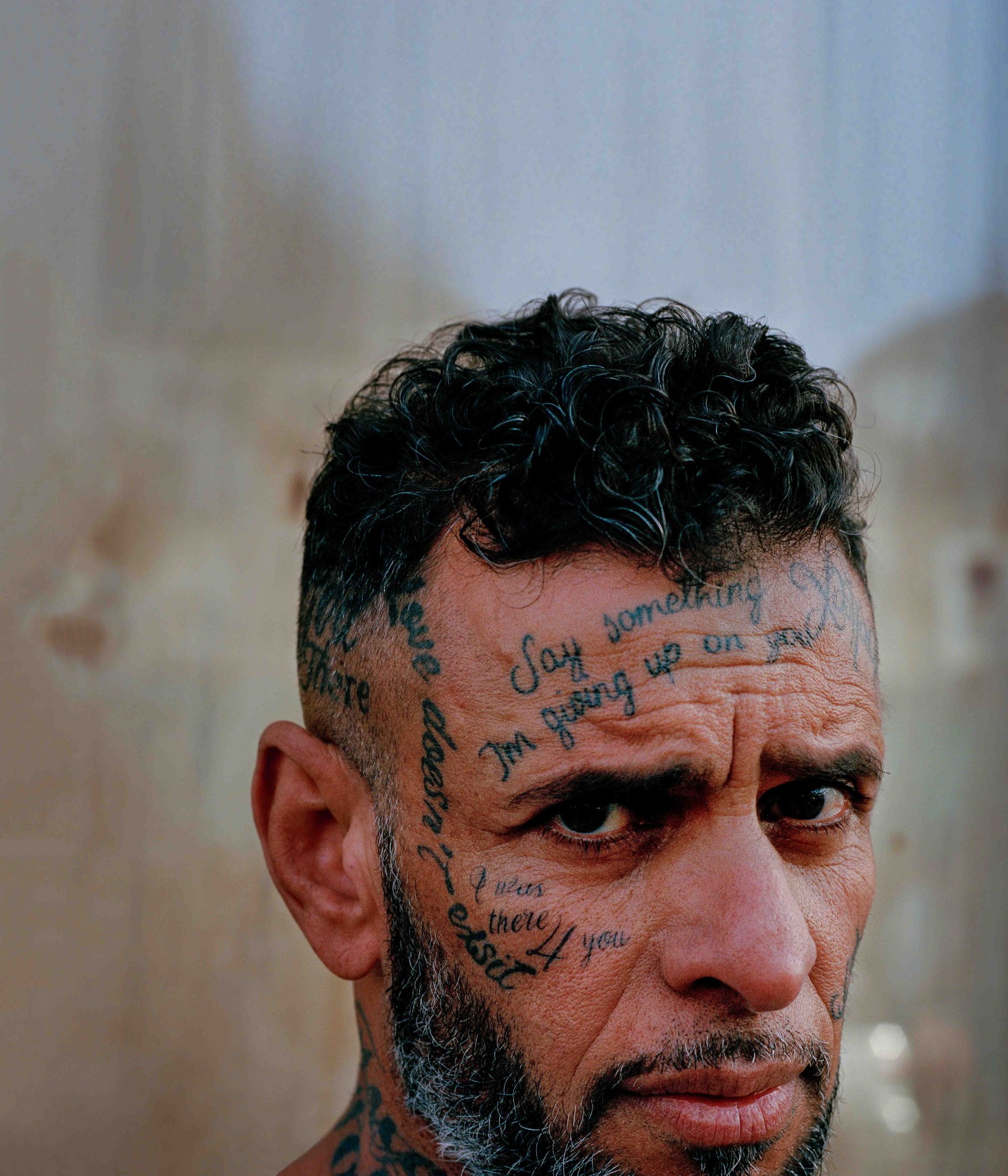
Credits
Photography Sam Gregg
